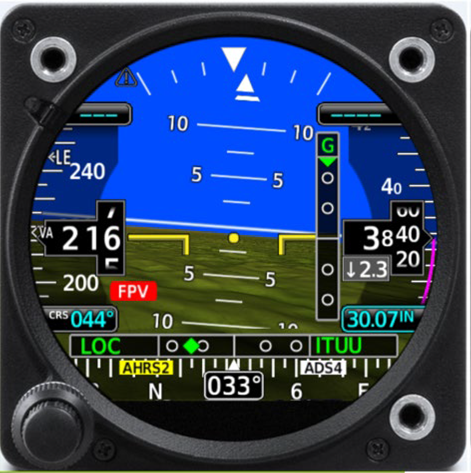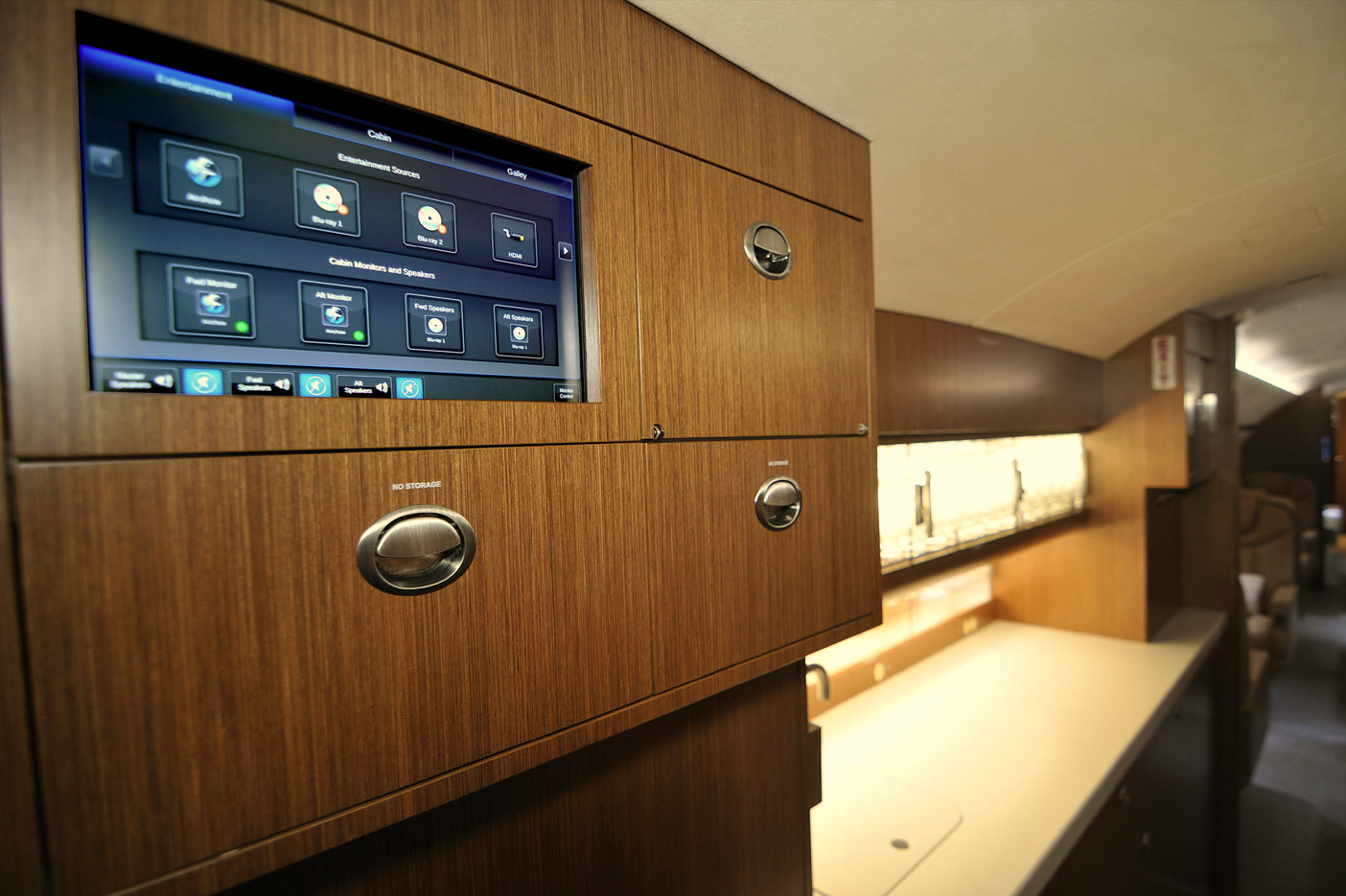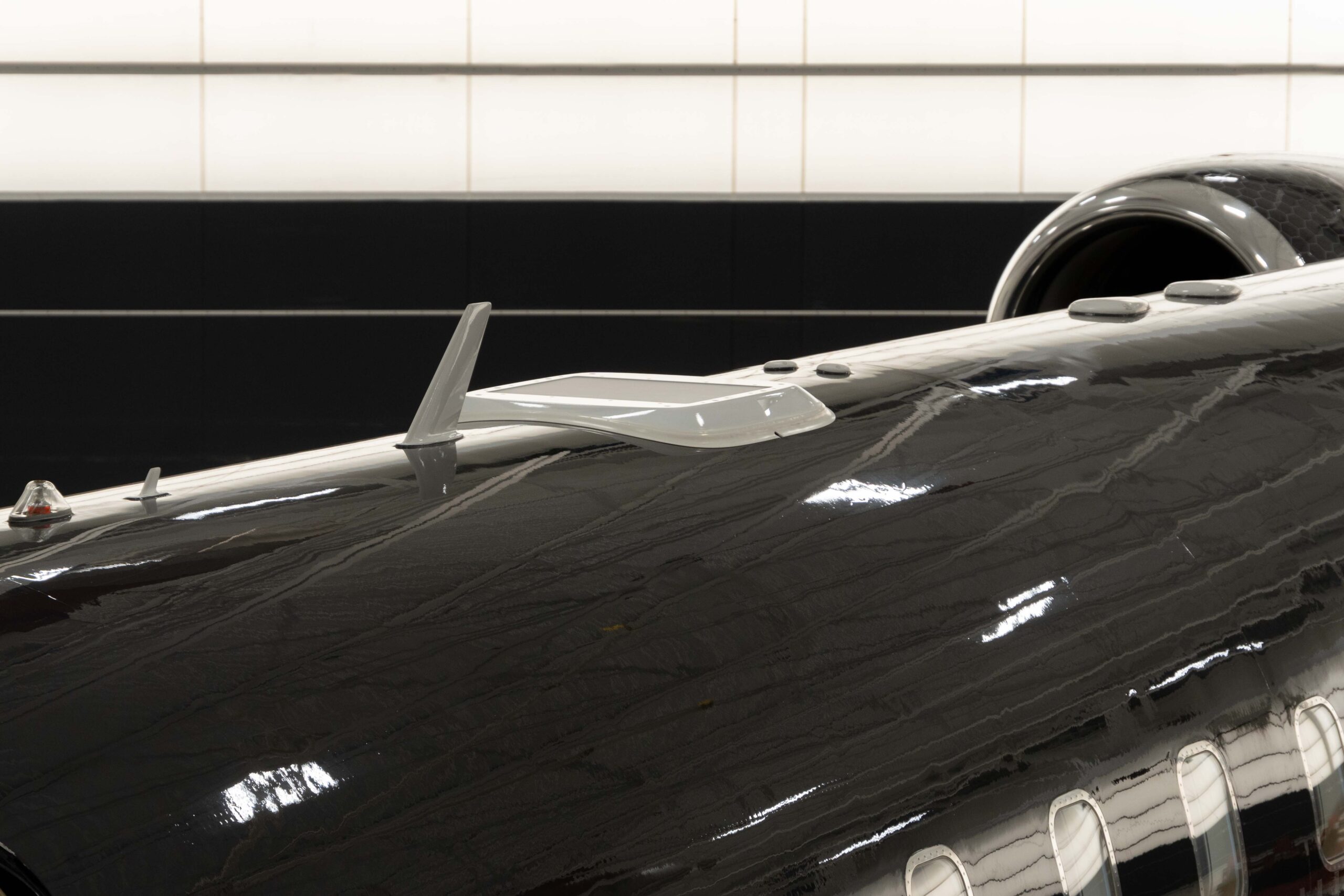Standing By

Last month, I took a look at the progress Starlink has made over the past 6 months and the excitement its connectivity has generated in business aviation. As an MRO, we have been booked solid with upgrading connectivity solutions and maintenance for aircraft owners. Pro Star is not alone in this, in fact, many MROs are busy with connectivity installations, cabin management upgrades, and operational upgrades. While this is great for business aviation as a whole, all of these aircraft modifications become pointless if the plane can’t fly. This is where I fear many owners may be overlooking something that could very easily ground their business jet. The standby indicator, while not as glamorous or alluring as Starlink’s top-rated connectivity, does pose a serious risk to aircraft dispatch reliability. Most of the current standby indicators are primarily made by Meggitt, L3Harris, and Thales. Unfortunately, most of the units that are in the vast majority of business jets are no longer supported. Even aircraft still under factory warranty may have obsolete standby systems.
We at Pro Star have already faced first-hand the struggles that this obsolescence has created in the field. Recently, we had a relatively new aircraft, a Falcon 2000LXS, in our hangar for a pre-purchase inspection. After our inspection, the new owner bought the plane; it’s very first flight after leaving our hangar, the aircraft had a standby indication system failure. For the next several days, the plane was AOG. During this time, the owner reached out to us as a Falcon service center to locate a replacement for the standby indicator. We were not alone in this search. In addition to our team, the aircraft manufacturer, the management company, and the actual owner were all looking. Eventually, we found a replacement on the used market. Unfortunately, the replacement unit was just as old as the one that failed, and it is not likely to be a long-term solution to this problem. This is not the only issue at play here. The headline here is really this: We are a Falcon Jet Service Center, and we can’t get these parts. It’s not just Pro Star, either; all Falcon Jet Service Centers and, by extension, most of the maintenance for even modern business jets are having difficulty supporting these units.
The standby display system is a required flight instrument, it must be installed in accordance with a Type Certificate, Supplemental Type Certificate, or a Service Bulletin and fully functioning in order to dispatch the aircraft. This does not leave a lot of room for compromise. So, what can a business jet owner do to combat the obsolescence of the standby indicator? The most feasible option is to replace it with an upgraded version of the one that is currently in the aircraft, and if possible, to salvage what’s left of the old system components. Typically, this consists of the standby indicator, a battery, and some sort of air data module. Some of these components tend to cause less issues than others. In fact, it is really the display and their associated sensors that are the real problem. The batteries, generally speaking, are fairly easy to maintain. Even the obsolete standby batteries often have plug and play replacements available.
When it comes to picking standby system manufacturers, it can certainly be tricky. The primary manufacturers of standby units that aircraft manufacturers use (i.e., Meggitt, L3, Thales) don’t all have drop-in replacements for the legacy units. While L3 does offer a select amount of drop-in replacement options such as the GH-3900 and the EFD-750, these options are often limited to aircraft that already have L3Harris units. This is due to a lack of accessibility in terms of approvals and, in some cases, a different form factor in the replacement unit. When it comes to Meggitt and Thales, Garmin is really your only option for a solution. Garmin’s GI-275, in many ways, is comparable to the EFD-750 from L3Harris. The difference, however, is the range of accessibility it can offer. The GI-275 is a universal unit that can fit into multiple types of aircraft, with STC options readily available. These details are further divulged in the links provided for this blog. The real quandary is, even with options for units that are reasonably affordable, widely available, with STC availability for almost any aircraft, people just don’t think to replace it until they have a failure. Harkening back to the Falcon 2000LXS, when you have a failure, there is no readily available replacement option. This is why it may be better to include this within the budget to be replaced like any other consumable during your next annual maintenance. In the wake of waning support for the unit and its status as a flight requirement, there is no reason not to be proactive with this equipment. The last thing any owner wants is their jet stuck on standby.
Business Air News: https://www.businessairnews.com/hb_news_story.html?release=91847



